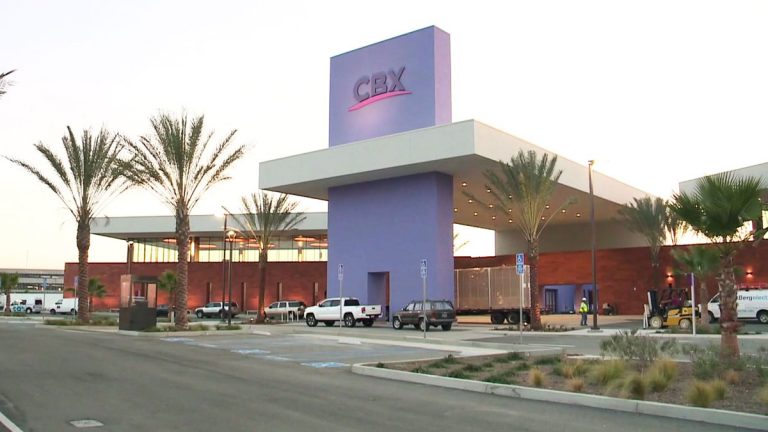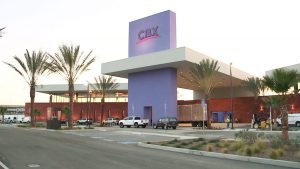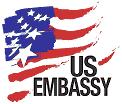The U.S. Embassy in Mexico City distributed the following Fact Sheet on the High Level Economic Dialogue between the U.S. and Mexico.
Over the last eight years, this Administration has made improving the already strong relationship between the United State and Mexico a top priority because improved relations between our two countries has a direct impact on the lives of the Mexican and American people. The Joint Declaration issued by President Obama and Mexican President Peña Nieto in July 2016 detailed that the High-Level Economic Dialogue (HLED) has been a critical part of our strategy and is valuable mechanism to advance our countries’ strategic economic and trade priorities, and as an instrument of cooperation on regional priorities.
Since created in 2013, the HLED has been co-chaired by Vice President Joe Biden and Mexico’s Secretary of Finance and Public Credit. Under the HLED, our two governments have engaged on a broad range of economic and commercial issues including energy, modern borders, workforce development, entrepreneurship and innovation, regulatory cooperation, and regional and global leadership, making life better for the people in both our countries.
HLED achievements include:
Modern Borders
- We have modernized our shared border with innovative infrastructure such as: the Cross Border Xpress, a pedestrian footbridge linking San Diego and the Tijuana Airport; the Brownsville-Matamoros West Rail Bypass; the Tornillo-Guadalupe International Bridge; and the Pedestrian West Facility at the San Ysidro-El Chaparral Port of Entry.
- We are working toward an agreement on common principles to improve coordination on border crossing infrastructure priorities. The United States is developing a reference guide that will help identify innovative funding and financing options to improve U.S. border infrastructure.
- We have modernized customs and trade facilitation procedures through mutual recognition of certified trusted trader companies and the implementation of cargo pre-inspection pilots. We have raised enrollment in our individual country’s trusted traveler programs—Global Entry and Viajero Confiable— to nearly five million.
- Since the new air services agreement entered into force in August, new passenger and cargo routes between our countries were added with more new routes expected, benefiting travelers and businesses.
- The Freight and Passenger Scenario Flow Study, conducted by the U.S. Department of Transportation through the Federal Highway Administration, will be released in 2017. This will be an additional tool for both countries, as well as the private sector, to support freight and passenger infrastructure planning.
Energy
- We established the U.S.-Mexico Energy Business Council, which will meet on December 15-16 to deepen energy cooperation through dialogue with industry.
- We developed an integrated trilateral energy information platform, as a sharing mechanism for publicly available energy information, data and statistics, including updates on the North American mapping system.
- The first U.S. Quadrennial Energy Review (QER) was published in 2015, focusing on energy infrastructure. Mexico provided technical input on a North America chapter. The second QER, scheduled to be completed in December 2016, will focus on the U.S. electric system and include further analysis on North American integration. Mexico’s energy reform and the implementation of proactive domestic policies and programs in both countries opened further opportunities for increased electricity integration, as well as through pipeline transport of natural gas and oil products.
- We have strengthened our energy and environmental cooperation by implementing the Agreement concerning Trans-boundary Hydrocarbon Reservoirs in the Gulf of Mexico by signing three Memoranda of Understanding and two Letters of Intent, to promote sustainable and transparent development of energy resources and deepen cooperation on safety and environmental best practices and experiences related to offshore hydrocarbon resources.
- We have successfully concluded negotiations of an Agreement for Cooperation Concerning the Peaceful Uses of Nuclear Energy (“123” agreement) following a commitment made by the two Presidents in July. When brought into force, the Agreement would strengthen our legal framework for exports related to nuclear power reactors, major reactor components, and nuclear power reactor fuel, thereby enhancing potential greenhouse gas emissions reductions in the power sector.
Workforce Development
- We have strengthened our partnership in education through the Bilateral Forum on Higher Education, Innovation, and Research (FOBESII) to develop a modern workforce for the 21st Century, having signed over 100 agreements between U.S. and Mexican colleges and universities, increasing cross-border enrollment and facilitating student and teacher exchanges.
Entrepreneurship and Innovation
- Recognizing entrepreneurship and innovation as central to our economic growth, under the auspices of the U.S.-Mexico Entrepreneurship and Innovation Council (MUSEIC) umbrella, Mexico developed its national cluster map – which was published in July 2016. Together, with the U.S. cluster map, individuals, businesses, and governments can identify investment and trade opportunities and design economic development strategies.
- Through the Americas Competitiveness Exchange, we convened businesses, economic development organizations and academics to learn about innovative approaches to economic development and to visit innovation hubs, businesses, and educational and research institutions.
- We are working together to promote women’s entrepreneurship and women’s full integration into the regional economy.
Regional and Global Leadership
- We are promoting transparency, citizen participation, and strengthening governance through the Open Government Partnership.
- In addition, we are strengthening transparency in public procurement processes through the implementation of open procurement standards based on the publication of information in open data formats, and harnessing the potential of open data through the creation of specific tools that will help us with an effective implementation of the 2030 Agenda.
- Mexico is leading efforts to coordinate regional electricity and natural gas integration with Central America which supports regional clean energy generation and will help boost economic development.
Stakeholder Engagement
- Since the establishment of the HLED, both governments prioritized enhancing and expanding engagement with relevant stakeholders. Private sector representatives’ participation in the U.S. – Mexico CEO Dialogue has provided an avenue for stakeholders to have a positive impact on HLED initiatives.
The Future
Going forward, we plan to continue to promote sustainable and inclusive economic growth, job creation, and competitiveness, which will bring tangible benefits to the citizens of both countries. We will also continue to broaden outreach to both U.S. and Mexican stakeholders in particular, the private sector, including civil society and academia to advance our strategic shared interests.
For more information on the High Level Economic Dialogue’s accomplishments, go to:
- The Joint Statement of 2015 (English and Spanish)
- The Joint Statement of 2016 (English and Spanish)
- The Joint Declaration of 2016 (English and Spanish)




